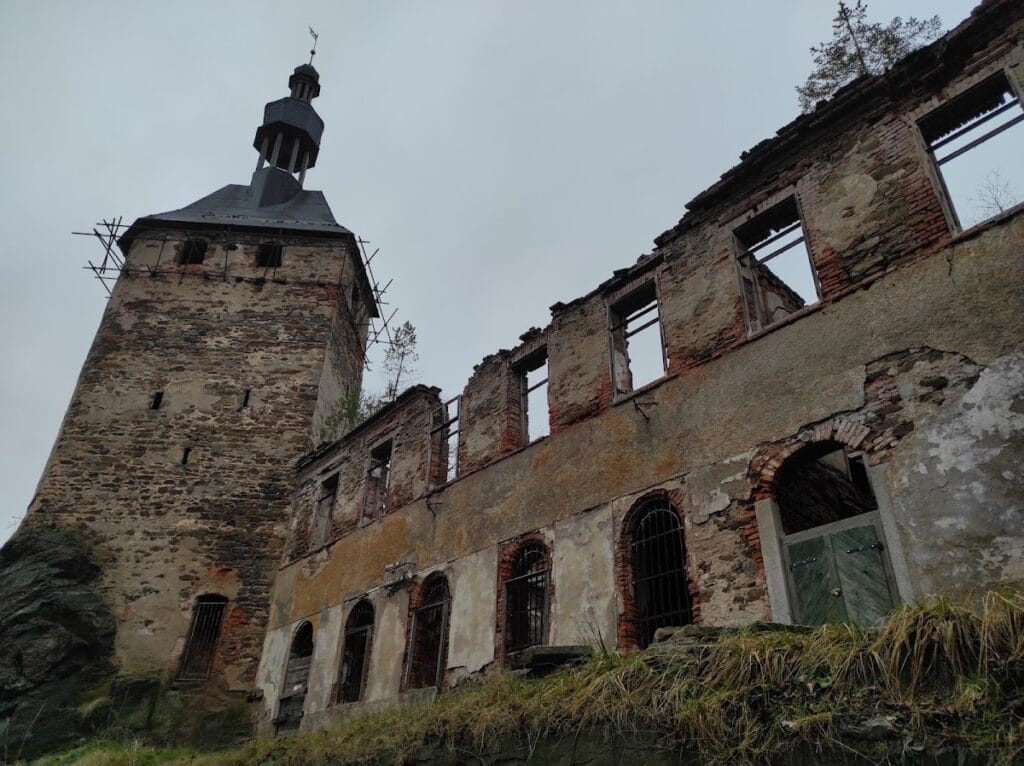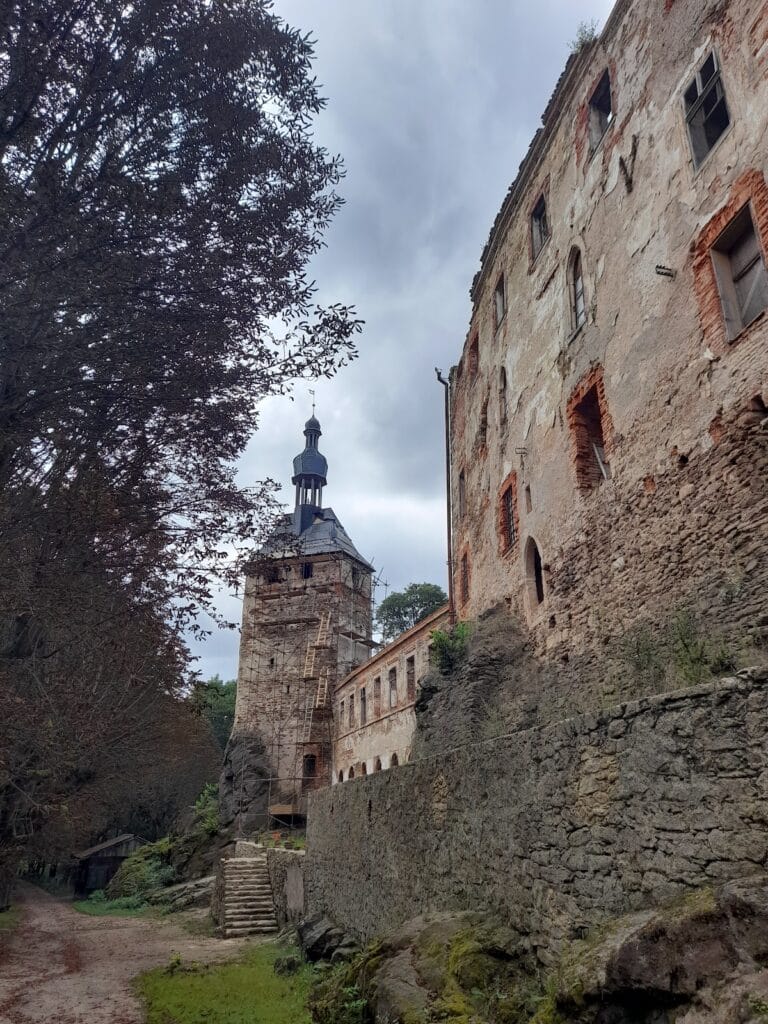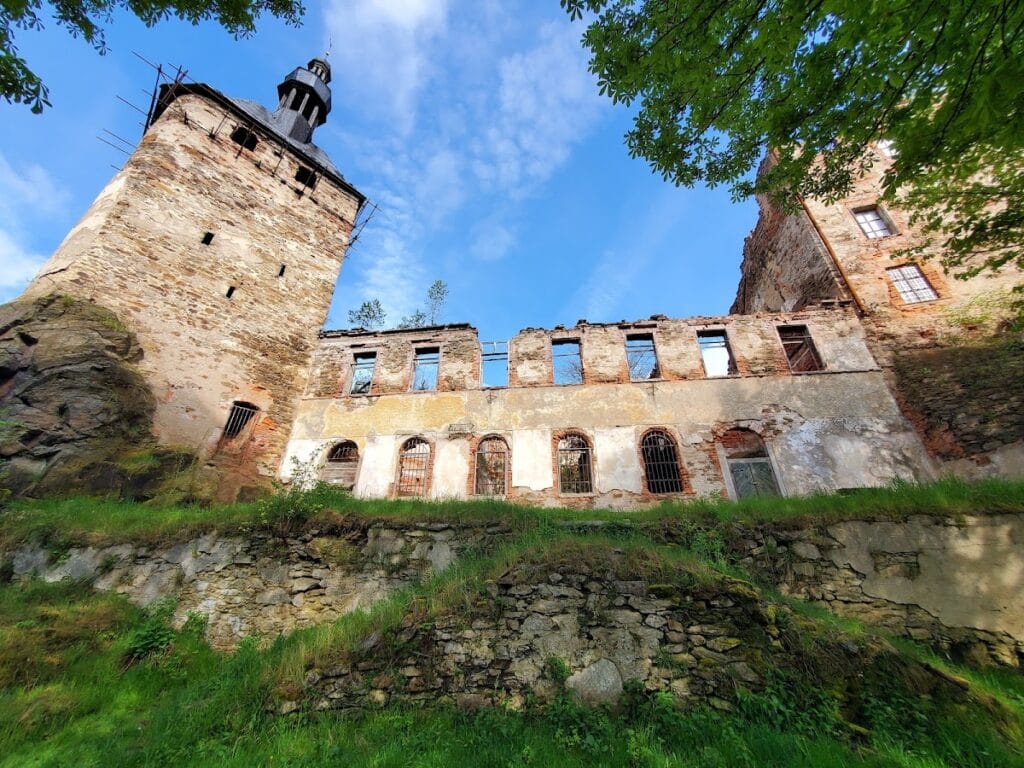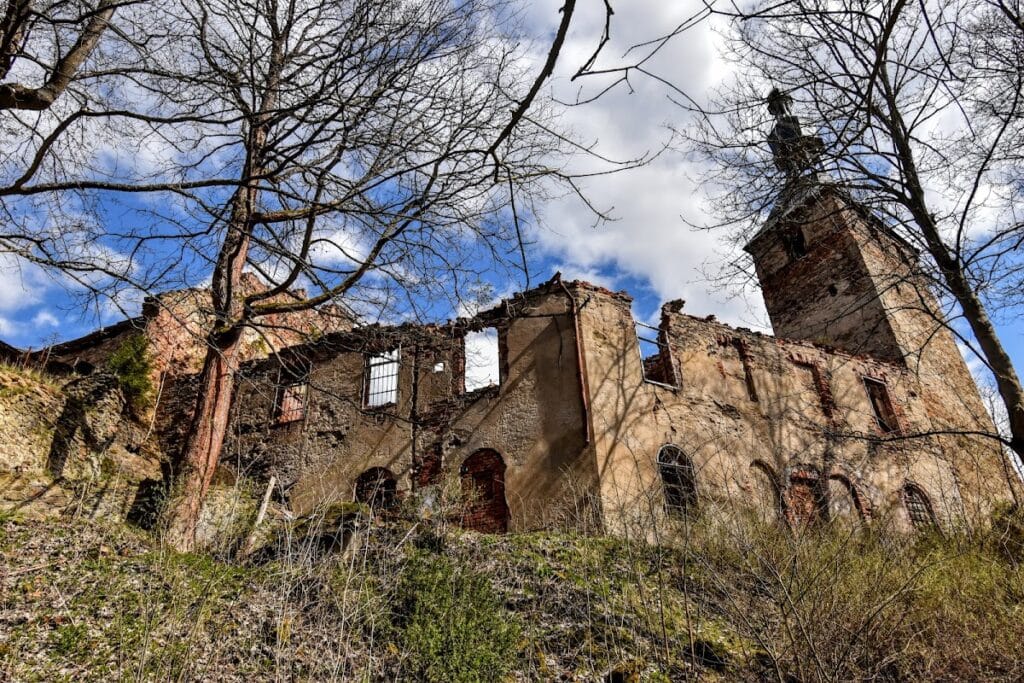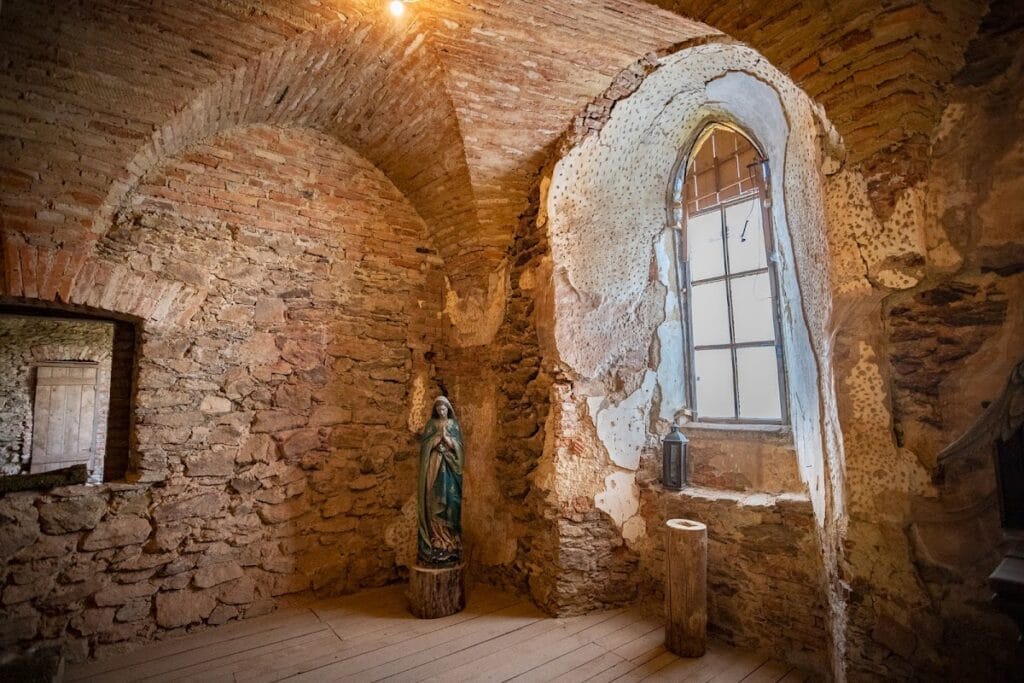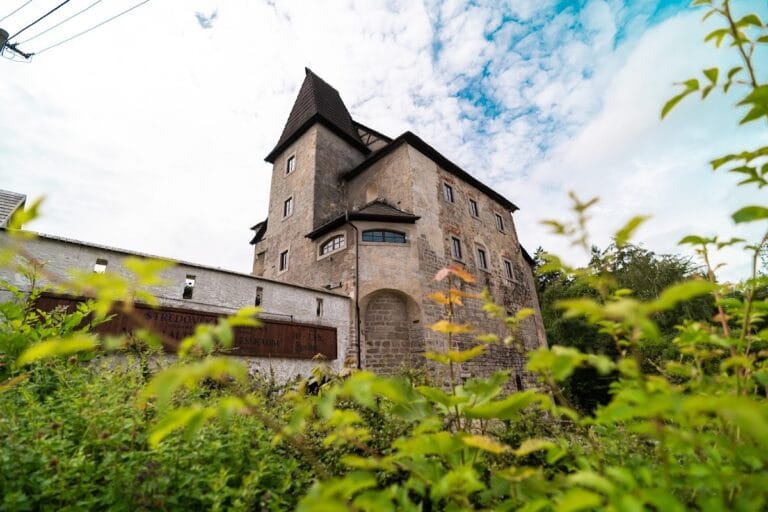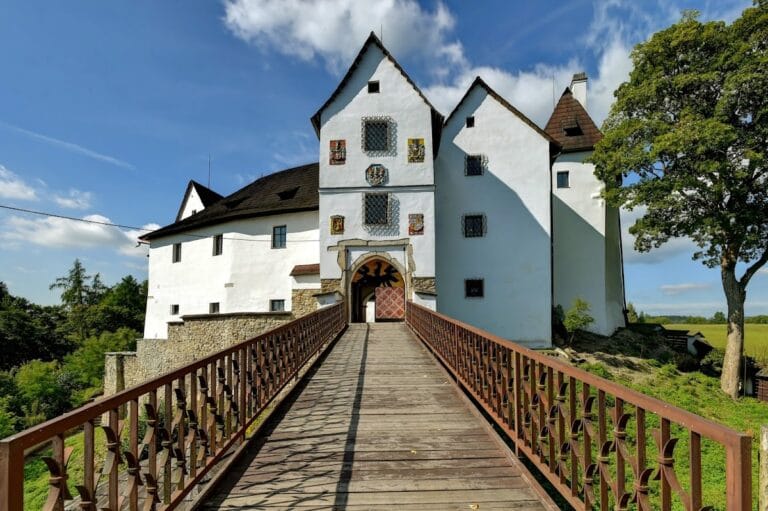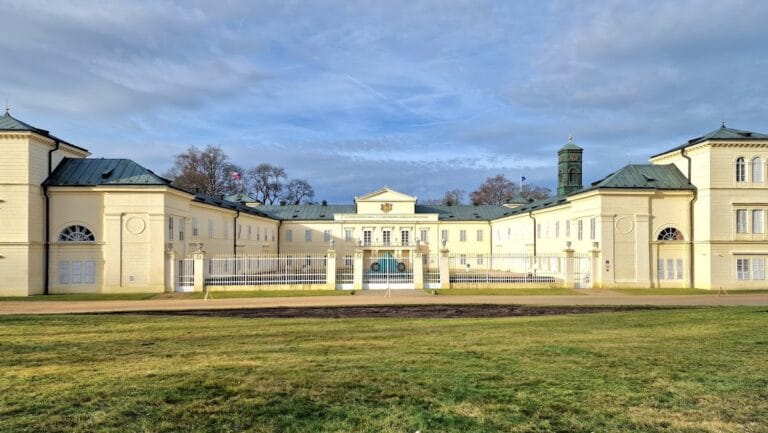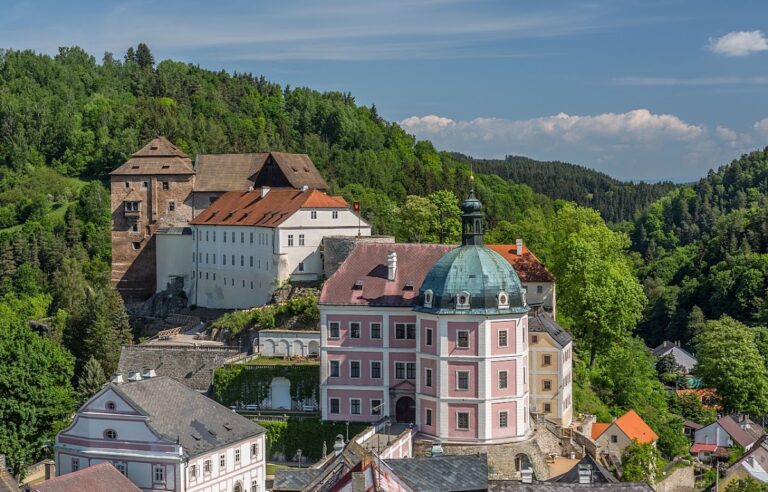Hartenberg Castle: A Historic Fortress in the Czech Republic
Visitor Information
Google Rating: 4.5
Popularity: Low
Google Maps: View on Google Maps
Official Website: www.hartenberg.cz
Country: Czechia
Civilization: Unclassified
Remains: Military
History
Hartenberg castle is located above the village of Hřebeny in the municipality of Josefov, Czech Republic. It was originally constructed by a Germanic civilization during the transition from the 12th to the 13th century. This strategic fortress was established as a border castle by the lords of Hartenberg, a ministerial family of Bavarian origin, positioned to oversee an important trade route linking Saxony, Thuringia, and Bohemia.
The earliest certain written mention of Hartenberg dates to 1345, though a probable reference appears as early as 1214. Initially held by the founding Hartenberg family until 1362, the castle then passed to Těma of Koldice. Two years later, in 1364, Koldice exchanged the castle with Emperor Charles IV, integrating the fortress into royal holdings. During the turbulent 15th and 16th centuries, the Šlik family took over ownership. They undertook significant restoration work and were instrumental in developing regional lead mining, which expanded the site’s economic importance.
From 1597 onward, the castle entered a prolonged period of ownership by the Písnicové family, lasting over 150 years. Throughout this era, Hartenberg endured military pressure during the Thirty Years’ War, suffering sieges and plundering that culminated in severe damage. A major fire in 1668 further devastated the castle, prompting extensive rebuilding efforts.
In the late 1700s, the Auersperg family inherited the property and transformed the medieval stronghold into a chateau reflecting Baroque and Empire style influences. They developed the site into a cultural hub, assembling an impressive library and mineral collections. Notably, the famed writer Johann Wolfgang von Goethe visited several times and celebrated his seventy-second birthday there in 1821, marking the castle as a place of artistic and intellectual significance.
Following World War II, the Czechoslovak state seized the property. It was repurposed for military and forestry storage, after which the castle suffered multiple arson attacks in the 1980s, leaving it largely in ruins. Since 1997, private owner Bedřich Loos has led comprehensive restoration with support from international volunteers. Key efforts have focused on reconstructing parts of the main palace, the chapel of the Three Kings, and preserved Gothic cellars. This work was recognized in 2016 by the Patrimonium pro futuro award, highlighting the ongoing preservation of Hartenberg’s historical legacy.
Remains
Hartenberg castle’s remains reveal a complex blend of Romanesque and Gothic architecture structured around a rocky promontory overlooking the Svatava River. The original construction from the late 12th or early 13th century featured Romanesque elements, including a two-story building with two rooms. This early stonework laid the foundation for later expansions and modifications.
The major Gothic reconstruction during the 14th century reshaped the site into a large palace complex anchored by a massive rectangular tower. This tower incorporated a natural rock monolith into its design and featured an elevated entrance to enhance defense. The tower’s portal, dating from the late 14th to early 15th century, reflects the stylistic transition of that period. The palace was unified into a single large building with vaulted cellars below, accessible via a small semicircular portal positioned on the lowest floor.
Defensive upgrades in the 15th century included the construction of outer walls and bastions that reinforced the castle’s protective perimeter. One of the most notable interior features is the chapel of the Three Kings, positioned on the second floor of the palace. Originally vaulted with ribbed cross vaults, the chapel later received six-field cross vaulting supported by two central pillars, reflecting late Gothic and early Renaissance architectural trends. A portal dated to 1608 marks one of its modifications.
Within the chapel, a richly decorated main altar displays columns, saintly statues, and a large painting depicting the Three Kings. Among its treasured artworks is a polychrome wooden statue known as the Black Madonna, standing approximately 110 centimeters tall and stylistically dated to around 1420–1430. This statue notably survived the fire of 1668 and represents one of the rare medieval Black Madonnas found in the Czech Republic.
Baroque renovations conducted after the fire extended over two decades, concluding in 1688, while 19th-century changes under the Auersperg family involved major structural alterations. These included demolition of the original gatehouse and outer walls with bastions, as well as the filling in of the defensive moat. An Empire-style, one-story administrative building replaced parts of the outer defenses. Inside, the former knight’s hall was converted for residential use and decorated with heraldic ceiling paintings.
Archaeological excavations from 2007 to 2010 have confirmed the presence of the oldest Romanesque architectural features and uncovered vaulted structures embedded in the castle’s outer walls, belonging to earlier phases of Gothic construction. At present, the restored portions include two floors of the main palace, the chapel of the Three Kings, and the vaulted Gothic cellars, all maintained by an ongoing building workshop dedicated to conserving and reconstructing the historic fabric of Hartenberg castle.
